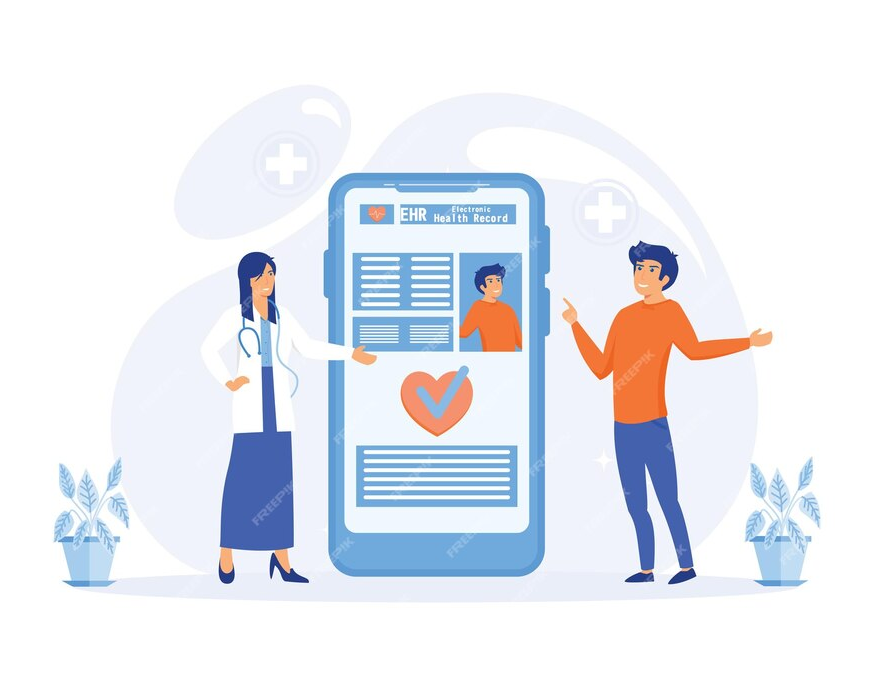
In today’s rapidly evolving digital landscape, health care is undergoing a profound transformation. Web applications are at the forefront of this revolution, streamlining patient care, enhancing accessibility, and empowering both providers and patients with real-time data and tools. From virtual consultations to electronic health records, these innovations are reshaping the way medical services are delivered—making care more efficient, personalized, and patient-centered than ever before.

Key Function
Key Function
1. Appointment Scheduling & Reminders
Appointment Scheduling & Reminders are essential features in modern health care web applications, streamlining the booking process for both patients and providers. Patients can easily view available time slots, schedule appointments at their convenience, and receive automated confirmations. To reduce no-shows and improve clinic efficiency, the system also sends timely reminders via email or SMS. This not only enhances patient engagement but also allows health care providers to better manage their time and resources.
2. Electronic Health Records (EHR) Access
Electronic Health Records (EHR) Access allows patients and medical professionals to securely view and manage health information in real time. Through the web application, users can access medical histories, lab results, prescriptions, and treatment plans from any device. This centralized and user-friendly access improves care coordination, reduces administrative burdens, and empowers patients to take an active role in their health journey—all while ensuring data privacy and compliance with healthcare regulations.
3. Telemedicine & Virtual Consultations
Telemedicine & Virtual Consultations enable patients to connect with health care providers remotely, offering a convenient and efficient alternative to in-person visits. Through secure video calls and real-time chat features, patients can receive medical advice, follow-up care, and even prescriptions without leaving their homes. This functionality not only expands access to care—especially for those in remote or underserved areas—but also reduces clinic congestion and enhances overall patient satisfaction.
4. Prescription Management
Prescription Management simplifies how prescriptions are created, tracked, and refilled within the health care web application. Providers can generate and send electronic prescriptions directly to pharmacies, reducing errors and saving time. Patients can view their active prescriptions, receive reminders for refills, and request renewals with just a few clicks. This streamlined process enhances medication adherence, minimizes delays, and ensures a safer, more efficient treatment experience for both patients and clinicians.
5. Patient Portals for Communication & Education
Patient Portals for Communication & Education serve as a central hub where patients can securely message their health care providers, access personalized health resources, and stay informed about their conditions. These portals promote ongoing engagement by allowing patients to ask questions, receive updates, and review care instructions at their convenience. Additionally, educational content such as articles, videos, and wellness tips helps patients make informed decisions about their health, ultimately improving outcomes and strengthening the provider-patient relationship.
6. Remote Monitoring & Health Tracking
Remote Monitoring & Health Tracking features enable continuous oversight of patients’ health outside traditional clinical settings. Using connected devices and wearable technology, vital signs such as heart rate, blood pressure, glucose levels, and activity can be automatically tracked and transmitted to health care providers in real time. This proactive approach allows for early detection of potential issues, supports chronic disease management, and reduces the need for frequent in-person visits—leading to more personalized and effective care.
7. Billing & Insurance Integration
Billing & Insurance Integration streamlines the financial aspect of health care by allowing patients and providers to manage payments, insurance claims, and coverage details in one centralized platform. Patients can view their bills, make secure payments online, and track insurance reimbursements with transparency and ease. For providers, automated claim submissions, eligibility checks, and real-time payment processing reduce administrative burdens and minimize errors. This integration enhances the overall user experience and ensures a smoother, more efficient revenue cycle for health care organizations.



